DOGG POUND DAYS
DOCUMENTING THE AFROPUNK COUNTERCULTURE IN SOWETO
In his latest photo series, Dogg Pound Days, South African visual maestro Karabo Mooki delves deep into the heart of Soweto, the township of his childhood on the fringes of Johannesburg. Capturing the pulse of the streets, Mooki’s lens chronicles the rise of skateboarding and Afropunk movements, vibrant countercultures that defy the socio-political boundaries of his youth.
Mooki’s work is a vivid tableau of unity, capturing moments where black and white youth converge, skate, and rebel, illustrating the cultural melding in post-Apartheid South Africa. Each frame narrates the story of a community casting off the shadows of segregation, crafting a new narrative through the liberating power of subculture and the shared thrill of the deck and the beat.
Fused spoke to Karabo about the project:
Having grown up in Johannesburg before moving to its suburbs, how has your journey influenced your photographic focus on the township cultures?
I was born and raised in Soweto before moving into a suburban area in Johannesburg with my family, the reality of our move into the suburbs is that we still lived in a predominantly non-white neighbourhood. My reality as a Black man in a white world has never been altered due to the change of a postal code.
The focus of my work has always been rooted in the celebration of Black communities and Black culture and the journey I have experienced has implored me to decolonize my mind and debunk the myths of the Black experience created by white populist media and ideologies.
Your work captures the mingling of black and white youth in post-Apartheid South Africa. What stories do you hope to tell through these images?
My aim is not to create a false narrative of a “rainbow nation” but rather to celebrate the changes that are happening in our society. Spotlighting the truth of our stories as Black South Africans is important as I pursue an emphasis on the rise of a community that has historically been oppressed and is now at the forefront of cultural revolution.
Punk culture is often seen as a response to societal constraints and hardships. Can you discuss what drew you to document the punk scene in Soweto?
I gravitated toward the punk scene in Soweto because this community rejected the idea of being left out of conversations. Many media outlets have a voyeuristic perversion of what Soweto is, painting the township and its people with a one-dimensional brush. I noticed a group of young skateboarders who were cultivating a scene of their own, inspiring the youth with an opportunity to define their own identity and reshape the narrative of what it means to be Black and from the township.
How has the physical and social landscape of Soweto influenced the skateboarding and punk communities there?
It has created a stronger sense of community, the youth have gathered to create a legacy of their own. It has ignited a sense of pride in being able to cultivate community and continues to embody a revolutionary spirit in a space that was designed to keep Black people oppressed.
Mark Sealy mentioned punk’s “chaotic energy” and its role in societal rebellion. How do you see punk evolving in South Africa’s contemporary socio-political climate?
The future is unafraid, more insistent and demands to be recognized. It will continue to be a contemporary form of revolutionary art for young freedom fighters to be inspired by.
How do you navigate the complex narratives of race, gender, sexuality, and class in your work?
These narratives have been central in my role as a storyteller, searching for truth and upholding the integrity of the stories I am invited to share. As a photographer, I have always been interested in engaging with communities and voices that for too long have been overlooked by dominant white narratives in the industry and I find it important to uplift the voices of the communities I work with in a way that is conducive to the surrounding discourse.
Your photographs are celebrated internationally and have been featured in prestigious exhibitions. How has international exposure affected the reception of your work in South Africa?
There has been a warm reception to the journey the work has taken.
The message of the work and the voices of the communities I have worked with have always been of the utmost importance. Art is subjective and the communities I aim to work with look for trust before leaning on the idea of an artist’s accolades. If anything, it has allowed me to build stronger relationships with communities that are interested in inviting me in to help share their stories.
Are there any other cultural or social movements in South Africa or globally that you are planning to explore in your future work?
I will continue to celebrate Black stories, Black authenticity, and Black culture.
What advice would you give to young photographers who want to document their own cultures and communities?
Stay true to yourself. Don’t focus on photography as a practice for personal gain, but rather on the importance of the message in the work.
See more at autograph.org.uk

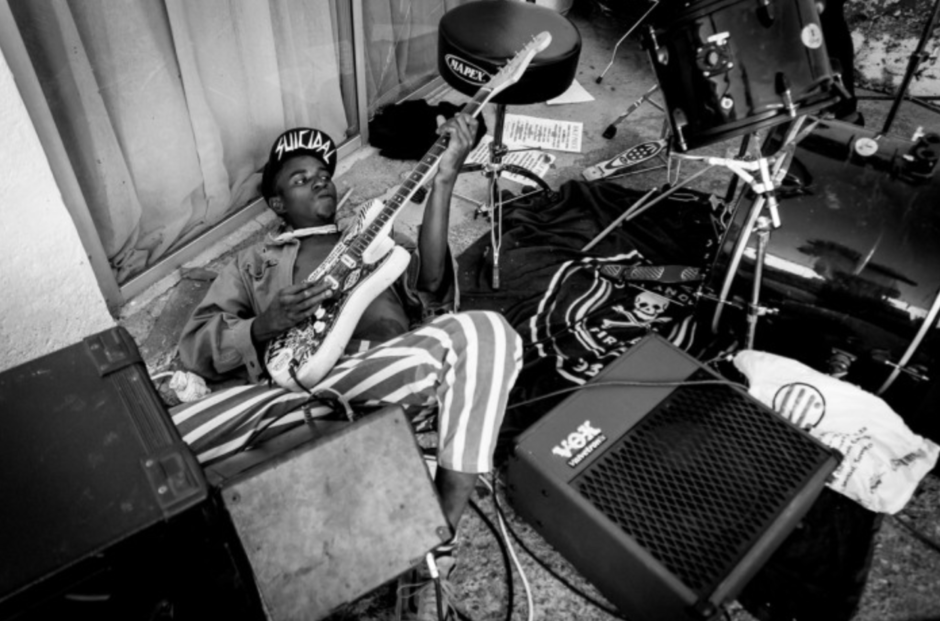
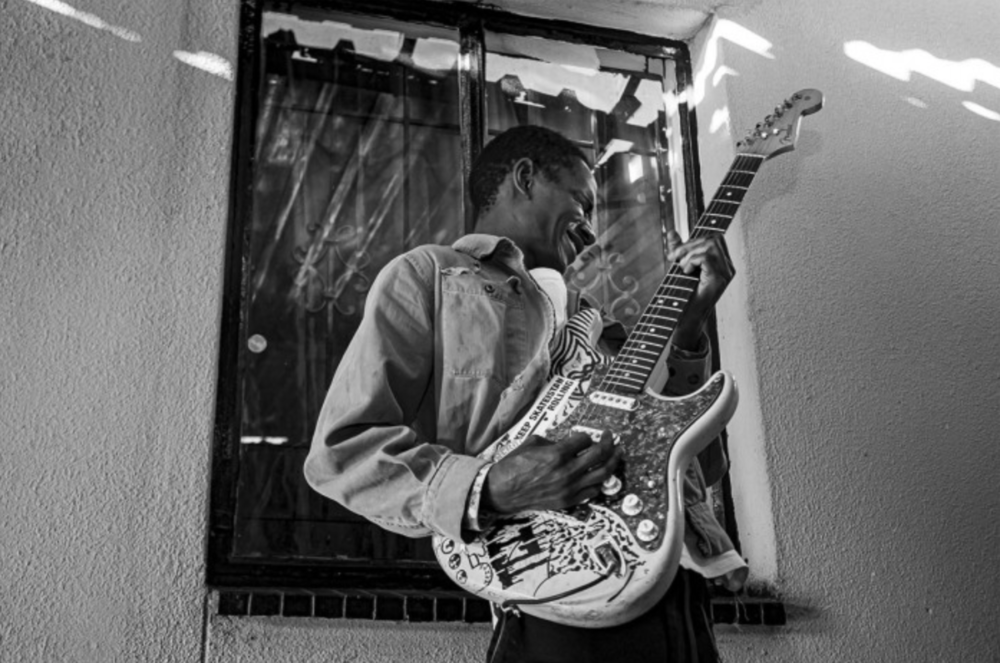
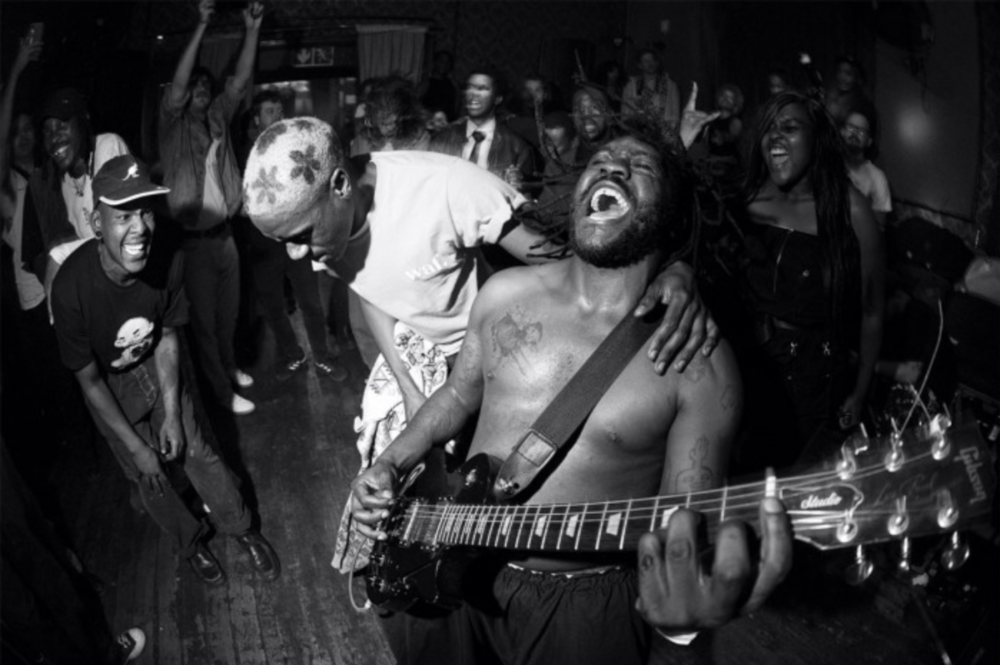
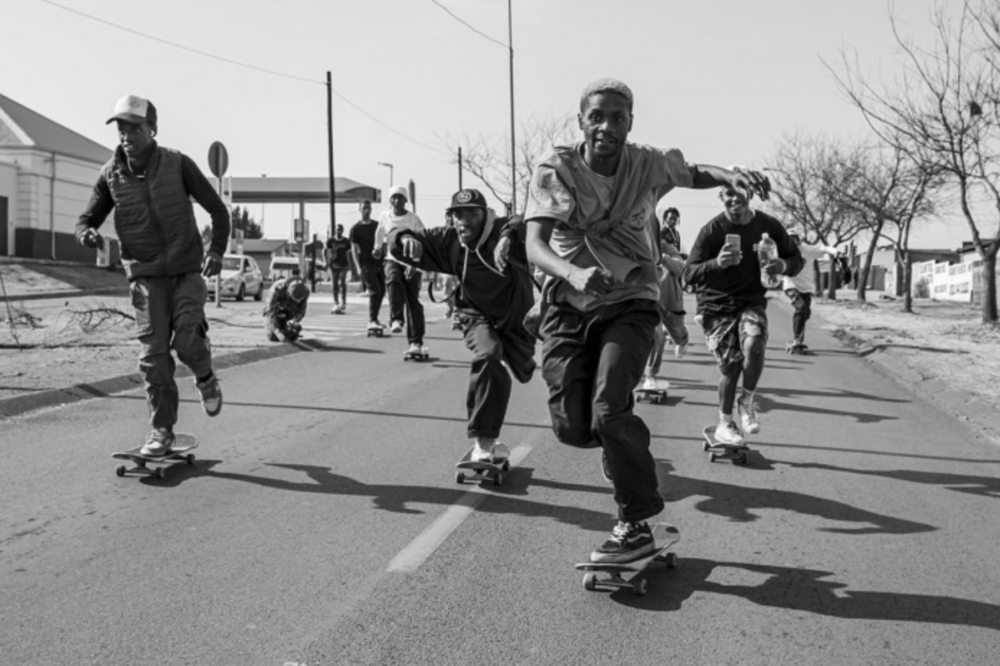
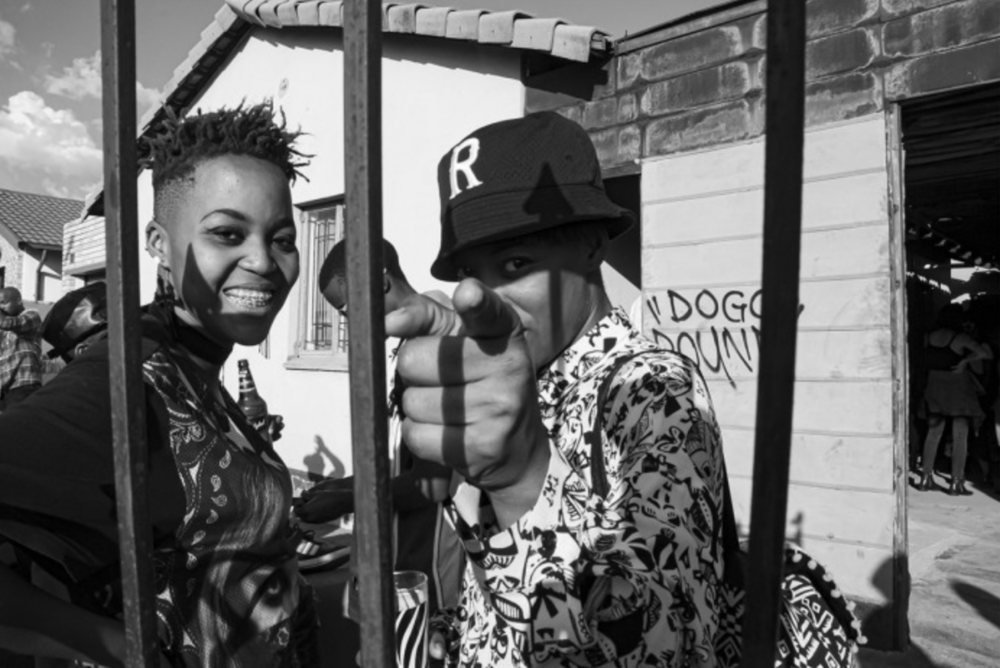
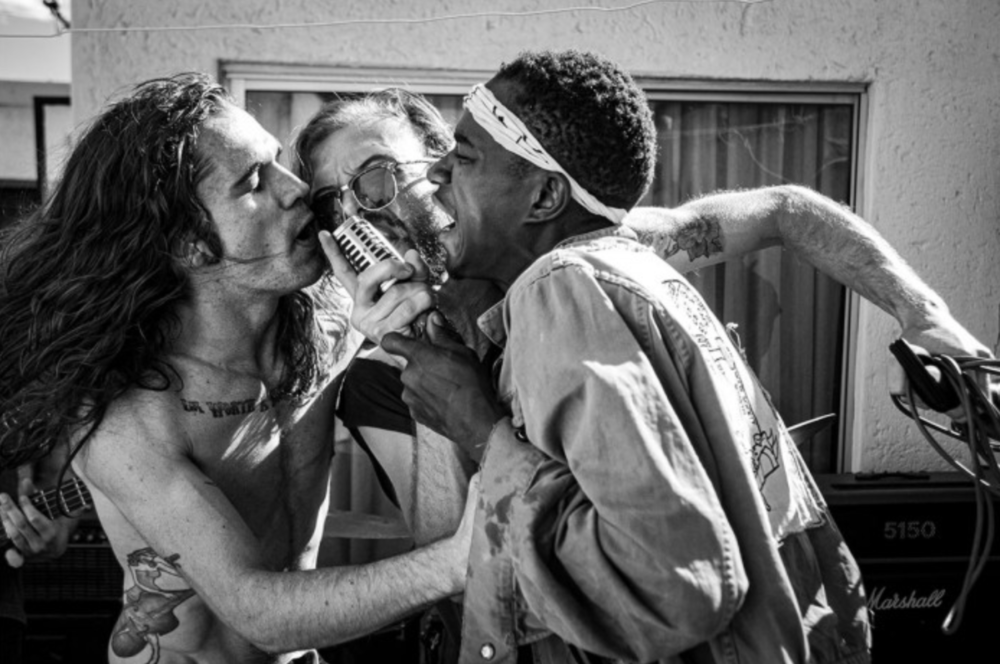
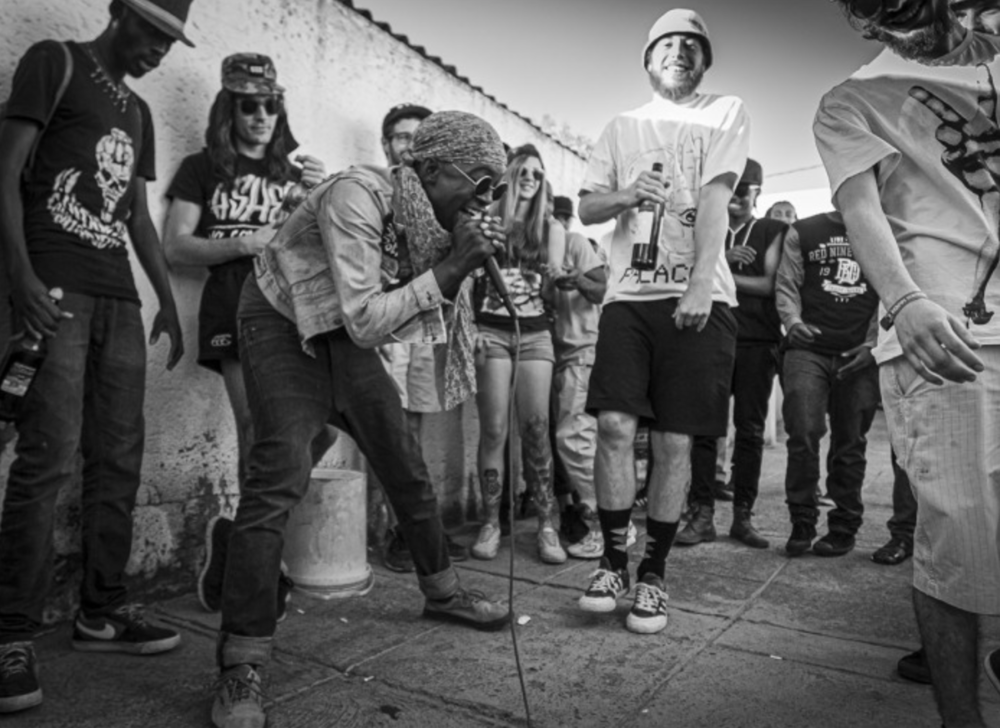

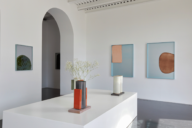
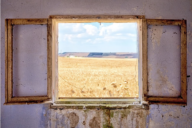
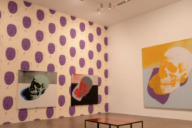


No Comments